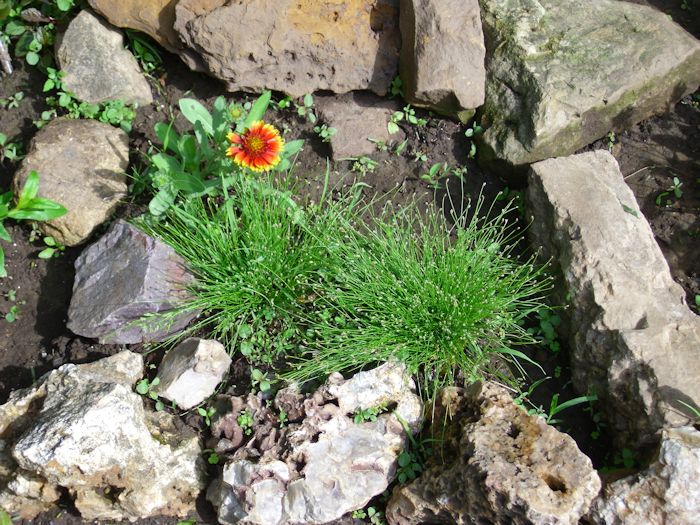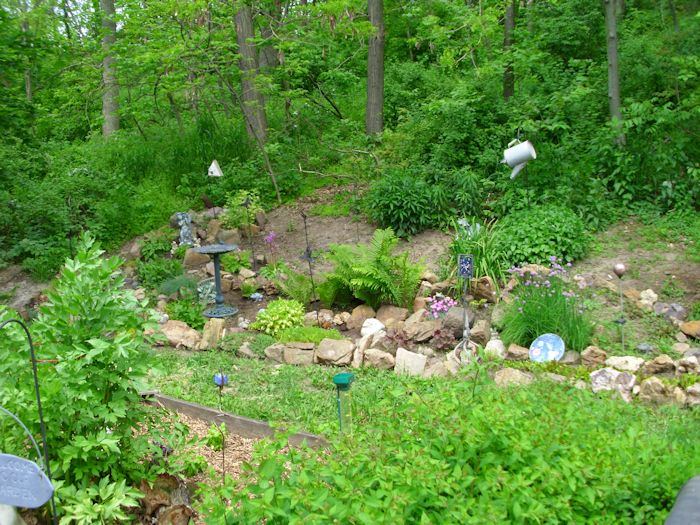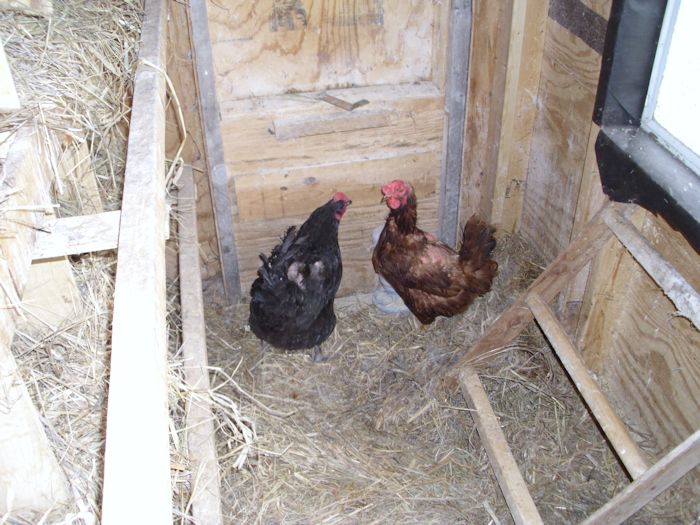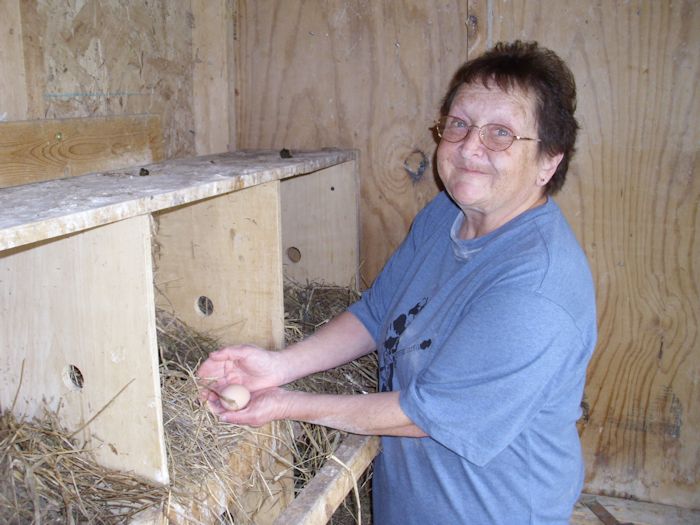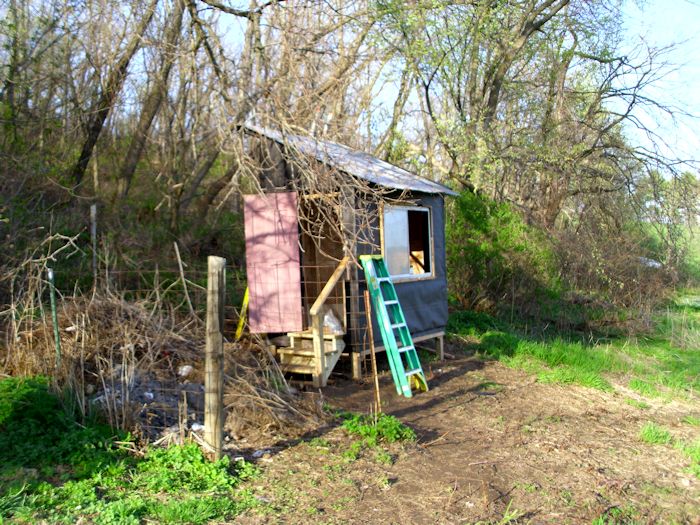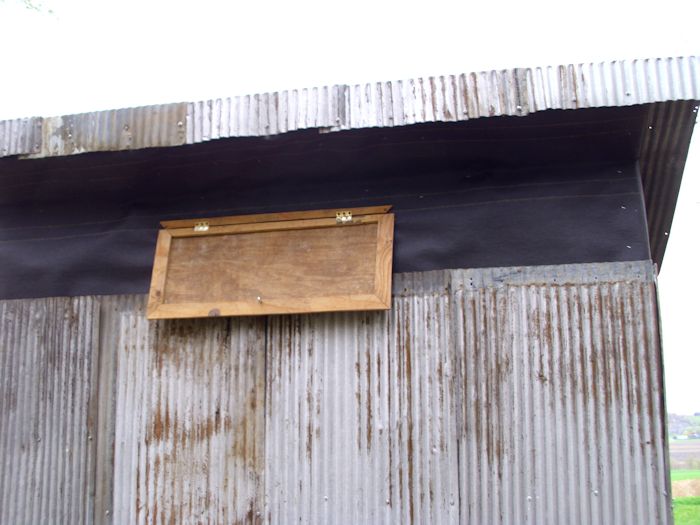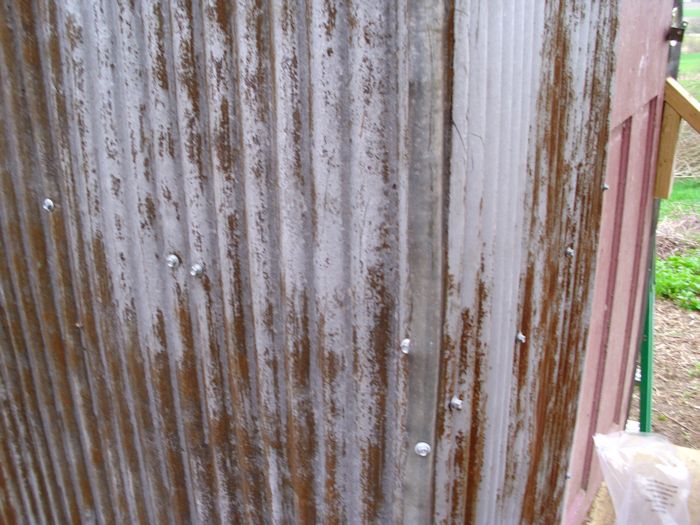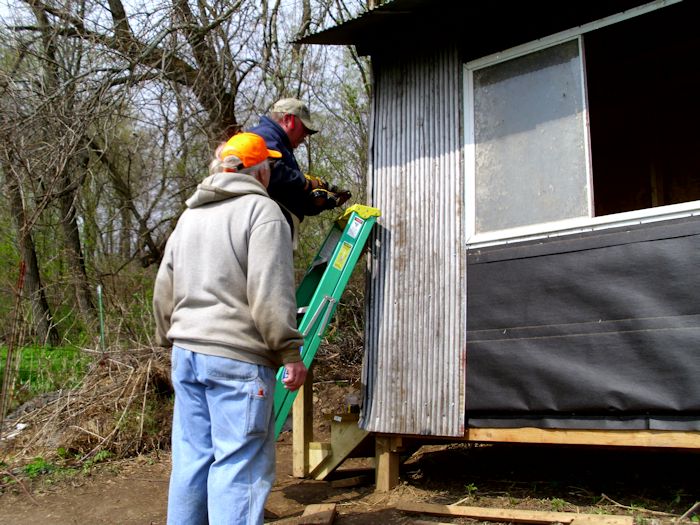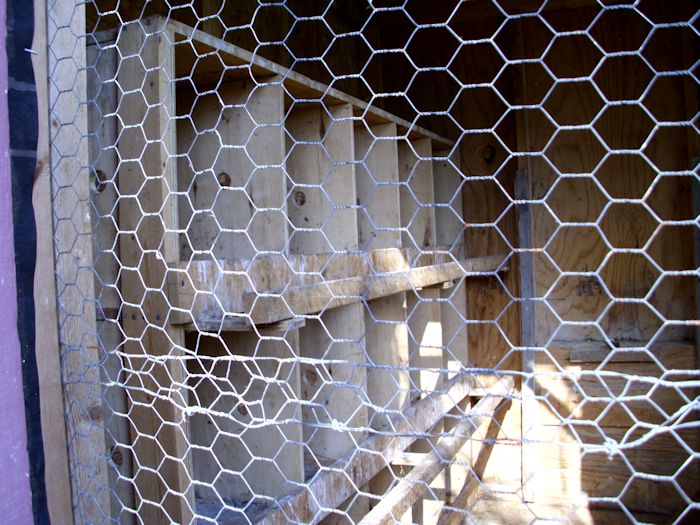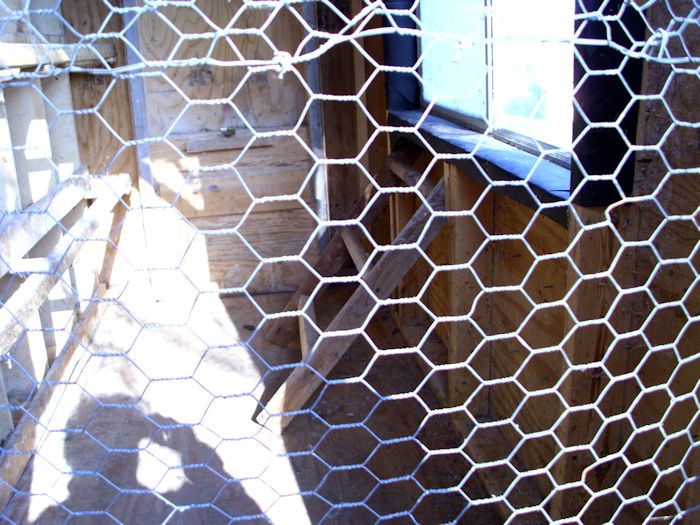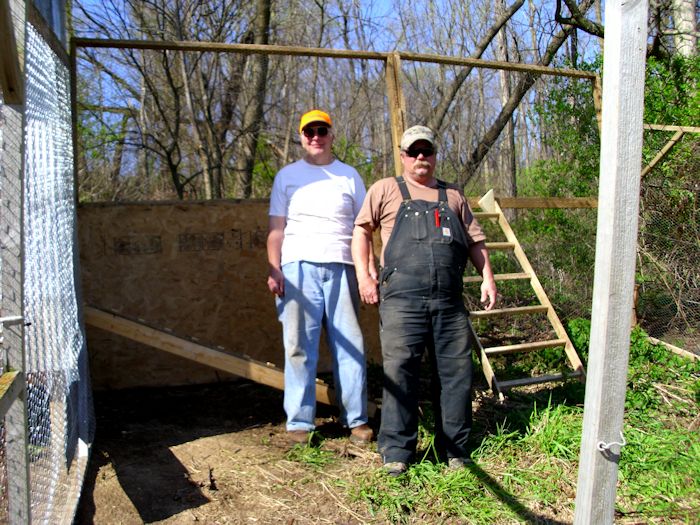It’s spring and that means doing all of the start-up work for the summer. It also means you need to get all your gardening equipment out and make sure they’re still working! This is why it’s always best to buy high-quality machinery because, after months of being left in a cold shed, you don’t want to spend ages trying to repair them for you to use. For example, a lawnmower like the greenworks 25012 would be a good option as it has an engine that offers solid, dependable power without being too bulky.
And this is one of the issues that you need to address as part of being self-sufficient – maintenance. Every piece of equipment requires some sort of maintenance. Whether it’s your garden strimmer, zero turn mower, greenhouse or shed. Even the common spade requires maintenance in the form of sharpening (you do sharpen your spade, don’t you?). When you calculate how much you’re earning from your self-sufficiency efforts, you must consider maintenance costs. These costs come in several forms:
- Parts
- Consumables (such as oil and rags)
- Personal Time
- Third Party Support (such as when you take your equipment to the shop)
- Down Time (when the equipment is unavailable for use)
Trying to assign a dollar figure to many of these areas is difficult. In some cases, you must make a guess. For example, you buy a box of shop grade paper towels to use as rags. Some of them are used for painting, some when you change the oil in your lawn mower, and some for spills. It’s incredibly hard to come up with a precise dollar amount for each use, so you must make an estimate and go from there. Of course, the total of your estimates should equal the actual cost of the rags. To make things harder, you may use old clothes for rags, which means that you have no basis on which to make a guess. Obviously, your worn, frayed pants turned into rags have little value, but they do have some value.
The problem becomes even more complex when you consider that some equipment is multipurpose. In order to account for maintenance costs, you need to assign them to a specific area of your self-sufficient lifestyle. For example, you may know that your hourly wage for growing green beans is $8.00 based on my Calculating an Hourly Wage post. Just how much is this wage reduced by the maintenance performed on a tiller used to till the soil in the spring? The tiller is also used to till the remainder of the garden, so at some point, you have to make an estimate of the maintenance costs for green beans in particular if you want to provide a precise accounting.
By now, some of you are probably wondering whether I’m a bit insane. After all, what do these costs matter? One of the motivators for being self-sufficient is knowing that, on some level, you’re saving money-that you truly are earning some amount each hour. People have ended up spending everything they earn, and even exceeding their earnings, by performing maintenance in the wrong way. For example, it’ll cost you in excess of $40 in most cases to have someone maintain your lawn mower. By following the simple instruction in the lawn mower’s manual, you can usually accomplish the task for around $10. The $30 difference in maintenance costs can mean the difference between earning something for your efforts and losing money. So sometimes it just makes more sense for you to purchase your own lawn mower, and look after your lawn by yourself. You can easily check out something like the best rated cordless lawn mower by YardMasterz here to give you a better idea of how easy it is to look after your lawn properly, without hiring someone to help you.
There is another good reason to calculate the maintenance costs (at least, within reason). When it comes time to get a new tool (motorized or not), knowing the maintenance costs and understanding how often a tool breaks down can help you make smarter buying decisions. A tool that sees use once a year is probably not a good candidate for an expensive upgrade. On the other hand, when you find that a tool breaks down a little too often because it’s not designed to take the level of use you need, an upgrade may make sense.
Maintenance costs can tell you something else. You’ll find that certain brands of machinery are quite expensive to maintain, even if you buy the parts yourself. Knowing how much it costs to maintain certain brands of machinery can help you decide between tool vendors. A vendor may charge a little more at the outset, but if you save a considerable amount on maintenance costs, the additional purchase price is worth it. You could source certain items like transmission clutch parts for heavy machinery from K&L if you find them to provide the parts you need at competitive prices.
Keeping track of maintenance costs is an essential element of self-sufficiency. You don’t have to become absurdly accurate, but well-informed estimates are essential. Create and maintain a log of your maintenance costs so you have a better idea of precisely how much you’re spending for each of the items you grow. These maintenance costs may actually change the items you grow because some items are prone to high maintenance costs. Let me know your thoughts on maintenance costs at [email protected].


